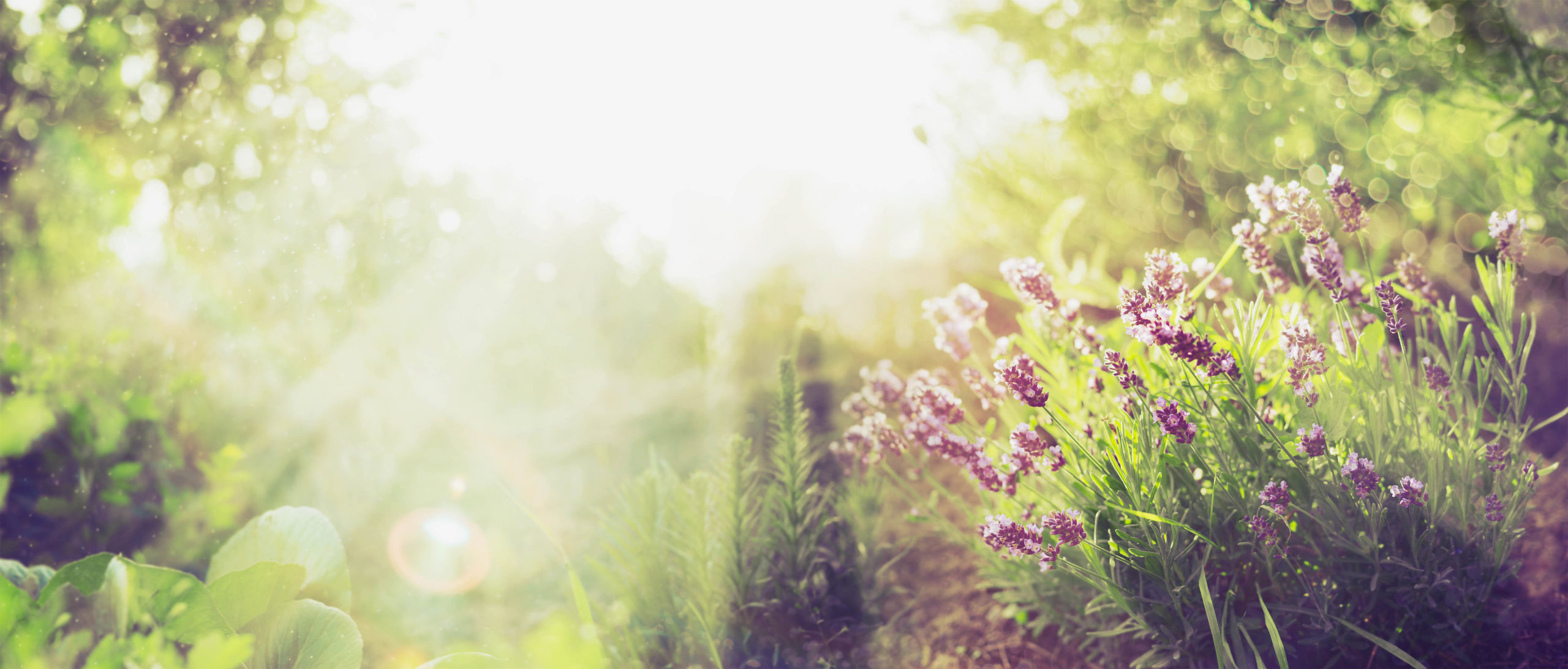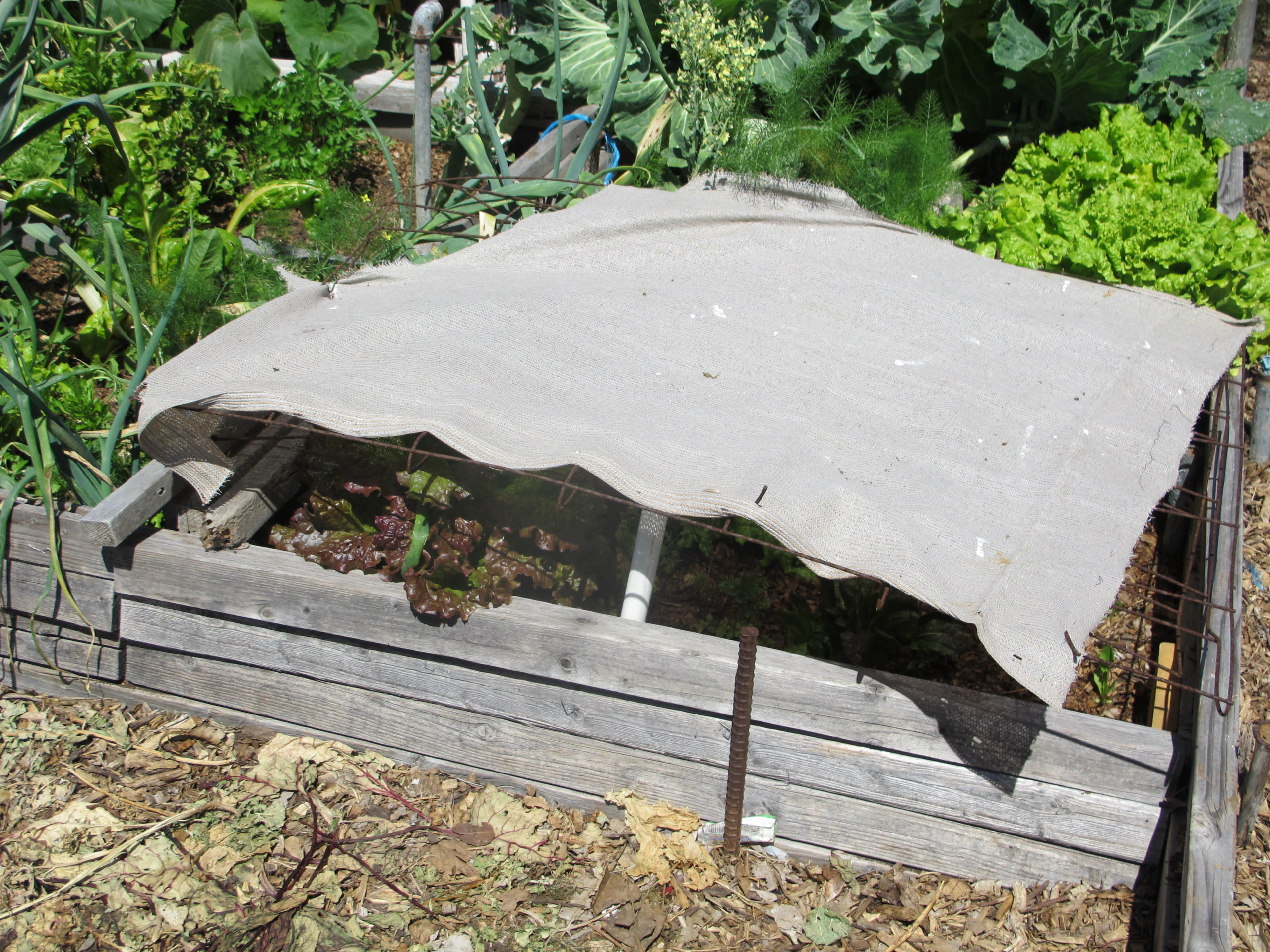Hot Weather Gardening Part 4: Help Your Plants Survive Heatwaves

GardenZeus receives commissions for purchases made through links in this post. There is no additional cost to you.
Hot Weather Gardening Part 4: Help Your Plants Survive Heatwaves
What can you do to prepare your plants and trees for heatwaves? What can you do to help stressed plants survive during hot weather? This article focuses on interventions designed to help plants survive heatwaves.
This is the 4th in a series of articles with my precautions, tips, advice, and ideas for gardening in Southern California’s high heat from midsummer through fall. See below for links to other articles in the series.
Hot weather and high temperatures can be dangerous. Basic safety precautions are important including sun protection, hydration, working mornings or evenings when temperatures are cooler, avoiding exertion and working for short periods only, and having indoor cooling environments available.
Home gardening is one of the safest and most-rewarding activities during the COVID-19 pandemic. For other helpful articles, see our blog page Dig In.
Introduction and Basics
- The best way to help your plants survive heatwaves is to select and maintain plants appropriate for the climate: select heat-resistant species that are healthy, deeply rooted, watered appropriately, and supported by a thriving soil ecosystem. Engage in long-term planning and management year-round to create and maintain gardens and landscapes that are resilient to hot weather. I will cover this topic later in this series.
- It’s harder to help your garden and landscape in the few hours or the days or weeks before heat arrives, or rescue and save stressed plants during heatwaves, but many tips and methods are still useful.
- Protect yourself first. Plan your work sessions during cooler mornings and evenings. See Mindset and Acclimation and Tips and Gear to Beat the Heat.
- Test your automated irrigation by manually turning on and looking at each zone. Check that the timer, all valves, drip emitters, nozzles, and spray heads are functioning well, that all plants are receiving water, and that nothing leaks or needs repair. Adjust automated irrigation for sufficient watering during hot weather.
- Check your plants and trees before heat arrives, and monitor them at least every other day during hot weather. Do a quick walk through of your garden and landscape once per day during high heat to identify problems before they become severe. It’s also helpful to check plants and trees more carefully at least once every few days. Watch for wilting and major signs of stress. Check leaves for aphids, ants that encourage and protect aphids, mites, and whiteflies. Respond quickly to prevent major infestations before they become established.
- Check and refresh mulch before and during hot weather. A fine or medium mulch like grass clippings, pine needles, small leaves, coffee grounds, or straw helps soil to retain moisture more effectively than coarse mulch such as large wood chips. About 1.5 to 2 inches of mulch is sufficient for smaller plants and shrubs, while 2 to 3 inches is better for large shrubs and trees. Avoid mulching near tree trunks and major roots, where soil should remain bare to allow for soil oxygen exchange.
Watering Before and During Heatwaves
- Plants use water from soil to cool themselves in a process called transpiration, and most plants need extra water during hot weather. Wilting harms most plants, especially repeated periods of wilting, and even if sufficient water is provided later, wilting can weaken plants and make them prone to disease and insect infestation.
- It’s better to water plants thoroughly before heat arrives rather than later after they may already be stressed. Water deeply as much as possible before heatwaves, to the full depth of root systems.
- During hot weather, some plants and trees, particularly those with large broad or large leaves that aren’t adapted to hot weather, may be unable to absorb enough water through their roots to keep leaves from wilting even when soil water is sufficient. Provide shade (see below) or prune off a portion of leaves to minimize wilting. See The GardenZeus Guide to Watering Cucumbers, Melons, and Squash (Cucurbits).
- Evaluate water penetration in soil by pressing a long screwdriver or thin metal probe into the soil and noticing when soil resistance changes as dry soil is reached. Use this method to gauge how fast water infiltrates to a foot or two in depth for a given method of irrigation. For gardeners who want more precision and less guesswork, GardenZeus recommends a professional quality moisture meter inserted at the edge of the root system. (Picture below.)
- During heatwaves, observe plants and trees for early signs of drought stress, such as slight curling or drooping of leaves, then water deeply before wilting begins.
- For more watering tips, see New Year’s Resolution: Water Plants and Trees Deeply.
Provide Shade
- When you know that plants may be sensitive to heat, provide shade in advance using shade cloth or similar. Install shade permanently on frames constructed in the garden or landscape, or set up temporarily on stakes or posts.
- Shade cloth is one of the most useful but also often overlooked methods for protecting plants during hot weather. It’s sold with a percentage rating that indicates what portion of sunlight is blocked. For example, 50% shade cloth blocks about half of the sunlight, while 90% shadecloth blocks sunlight almost entirely.
- Shade cloth tarps are available in many sizes and may be the easiest and most-convenient form of temporary protection for plants during hot weather. For protecting smaller plants or making your own moveable frames to protect stressed plants during hot weather, GardenZeus recommends this roll of 75% shade cloth.
- Consider constructing mobile screens, frames, or lightweight cages made of hardware cloth with shade cloth, screening, or old sheets. These can be bent over beds to form tunnels or bent at angles to provide custom areas of shade.
- See also GardenZeus Tips for Shading Vegetables During Hot Weather.
More Tips to Help Your Plants Beat the Heat
- The next article in this series, “Hot Weather Gardening Part 5: More Tips to Help Plants Beat the Heat” will include more tips and also discuss what not to do that might harm your plants during heatwaves.
Grow ornamentals, fruits and vegetables with customized growing information for your area. Don’t know your GardenZeus zone? Click here.
Articles of interest for gardening during heat include:
Hot Weather Gardening Part 1: Bikram Gardening
Hot Weather Gardening Part 2: Mindset and Acclimation
Hot Weather Gardening Part 3: Tips and Gear to Beat the Heat
Hot Weather Gardening Part 5: More Tips to Help Your Plants Beat the Heat
Hot Weather Gardening Part 6: How to Cool Your Body and Your Gear
GardenZeus Tips for Providing Shade During Hot Weather
GardenZeus recommends Botanical Interests as an excellent source of quality seed. Order now for planting in the fall after the weather cools.

